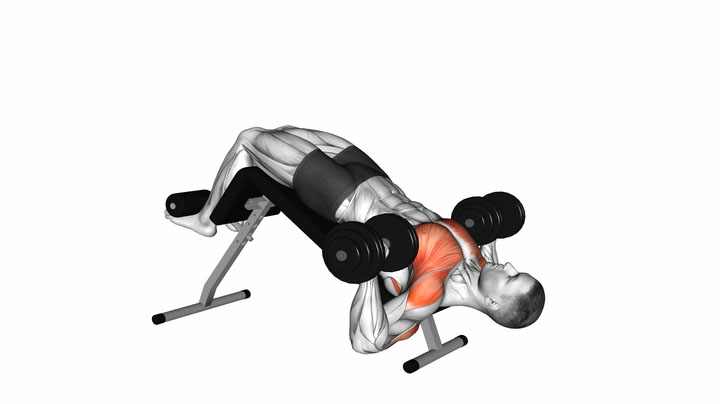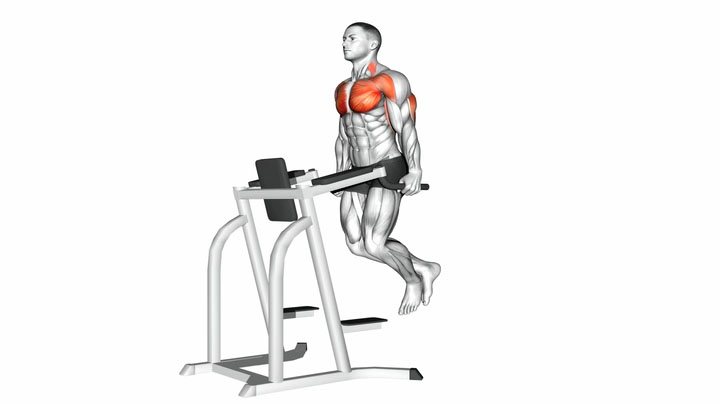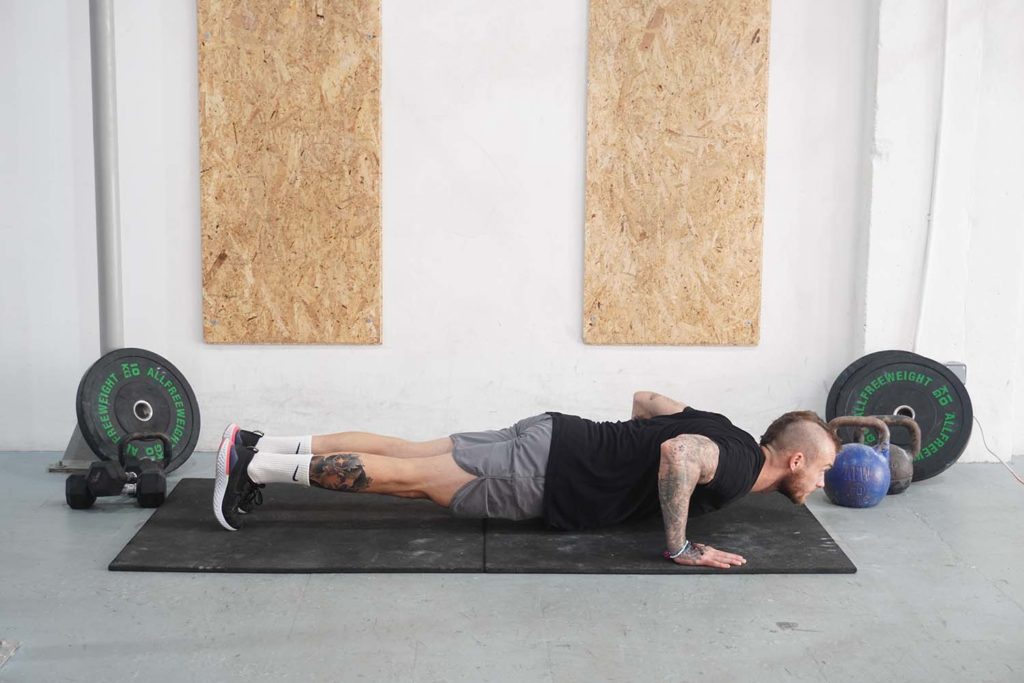What is an Incline Push up?
The incline push up is a variation where you do repetitions against an elevated object. Unlike traditional push ups, your body is more upright, which offers some distinct advantages.
The most notable benefit of the incline push up is that you emphasize the middle and lower portion of your pectorals more effectively. In contrast, you shift the emphasis toward the upper part of your chest by making your body more horizontal.
Another advantage of the incline push up is that you can adjust the difficulty level as you see fit. The more upright your torso is, the easier the exercise becomes. For example, you can start with incline push ups against the kitchen counter if you’re new to the movement. As you build strength, you can do incline push ups against a desk. You can then move down to a chair or gym bench.
How to do an Incline Push Up
- Stand in front of an elevated object, such as a chair, plyo box, or gym bench. Ensure the object is secure and won’t slide away when you press against it.
- With your hands shoulder-width apart, place them on the elevated object and extend your body. Your shoulders, hips, knees, and ankles should be in a straight line.
- Bring your shoulders back and make sure that your elbows are close to your torso and pointing back and slightly to the side.
- Engage your abs and squeeze your glutes to ensure a stable body position.
- Take a breath and lower your torso to the elevated object by bending your elbows.
- Descend until your chest taps the surface lightly, hold the position for a moment, then push yourself to the starting position. Exhale on your way up.
- Take another breath and repeat.
What muscles do the incline push ups activate?
The primary muscles involved in incline push ups are the pectorals, which cover the upper front side of the torso. Our mid and lower pecs originate from the sternum and insert into the humerus (upper arm bone). The upper portion of the chest (clavicular head) arises from the clavicle and inserts into the humerus. Together, these muscles adduct, rotate and extend our arms (1).
Our shoulders (deltoids) also contribute to the movement. The deltoids’ primary function is to keep the shoulder joint stable during push ups, but the anterior head assists the chest in arm extension (2). Similarly, the serratus anterior, a large fan-shaped muscle, plays a vital role in shoulder stability. The muscle originates from the ribs and inserts into the scapula (shoulder blade). One of its primary functions is to bring our shoulders back, such as when doing a pressing exercise at the gym (3).
Triceps brachii is the third muscle group that works during the incline push up. These muscles cover the rear of our upper arms and produce elbow extension (straightening of the arms). The triceps assist our chest and shoulders while lowering ourselves and pushing back to the top position (2).
Our upper back (lats, rhomboids, infraspinatus), midsection (abs, transverse abdominis, and obliques), and glutes also contribute to incline push ups. These muscles primarily work to keep us stable throughout each set.
Difference between the Inclined Push Ups and the Regular Push Ups
The incline and regular push ups share many similarities. Both exercises feature identical ranges of motion and train the same muscle groups. But the two movements are also different in some aspects.
Incline push ups differ from regular ones because your torso is at an incline. You have to press a smaller percentage of your weight, making the movement more beginner-friendly. In contrast, regular push ups force you to support more of your weight, making them a more advanced exercise.
Regular push ups are also more difficult to modify because you can’t change the torso angle. The only way to make them more manageable is to support your lower body on your knees. You can wrap a resistance band over your arms and back to make the regular push up more challenging. Alternatively, you can have a friend place a weight plate on you.
Incline push ups are versatile because you can vary your torso angle depending on your current strength. For example, you can start with an almost upright body and gradually reduce the incline as you get stronger.
Variations and Modifications of the Incline Push Ups
1. Close-Stance Incline Push Ups
The close-stance incline push up is a variation where you bring your hands close to one another. Doing so puts your triceps at a mechanical advantage, forcing them to do most of the work (4). This variation is more challenging because your chest can’t contribute as much, and it’s primarily up to your triceps to produce enough force.
2. Wide-Stance Incline Push Up
The wide-stance push up is the direct opposite of the previous variation we discussed. The goal is to spread your hands wide, allowing you to emphasize and stretch your chest muscles.
3. One-Arm Incline Push Up
The one-arm incline push up is a fantastic bodyweight exercise you can do to strengthen one side at a time. The variation is useful if you suspect that you might have a muscle imbalance.
Mistakes to Avoid
A common mistake with the incline push up is flaring your elbows. Many trainees position themselves too low against the elevated object, which forces their elbows to point out. Doing so puts your shoulders in a weaker position that can lead to aches or an injury. Fix the mistake by positioning your torso so your lower chest taps the object’s edge when you lower yourself. Your elbows should be close to your body and pointing back.
Another mistake with the incline push up is not training through a full range of motion. Trainees would extend their arms but stop a few inches away from the bottom position, reducing the effectiveness of each repetition. Avoid the mistake by lowering yourself until your chest taps the elevated object. Doing so causes a more significant stretch on your chest and forces you to work harder. Increase the incline if you don’t have the strength for complete push up repetitions.
Similar Exercises to the Incline Push Ups
Decline Bench Press (Dumbbell)

The decline bench press is a chest exercise you do on a decline bench. Putting your torso at such an angle allows you to emphasize the mid and lower chest (5). Plus, using dumbbells adds an extra layer of difficulty due to the greater stability demands.
Chest Dip

The dip is an effective bodyweight exercise you can do to strengthen your chest. Similar to incline push ups, dips allow you to emphasize the middle and lower chest regions better. Dips are also great because of their fantastic overloading potential. You can start attaching weight plates on yourself once the bodyweight version gets too easy.
Regular Push Up

The regular push up shares many similarities to the incline version. Both movements feature the same range of motion and train the same muscles. But regular push ups are more challenging because you support a more significant percentage of your weight.

